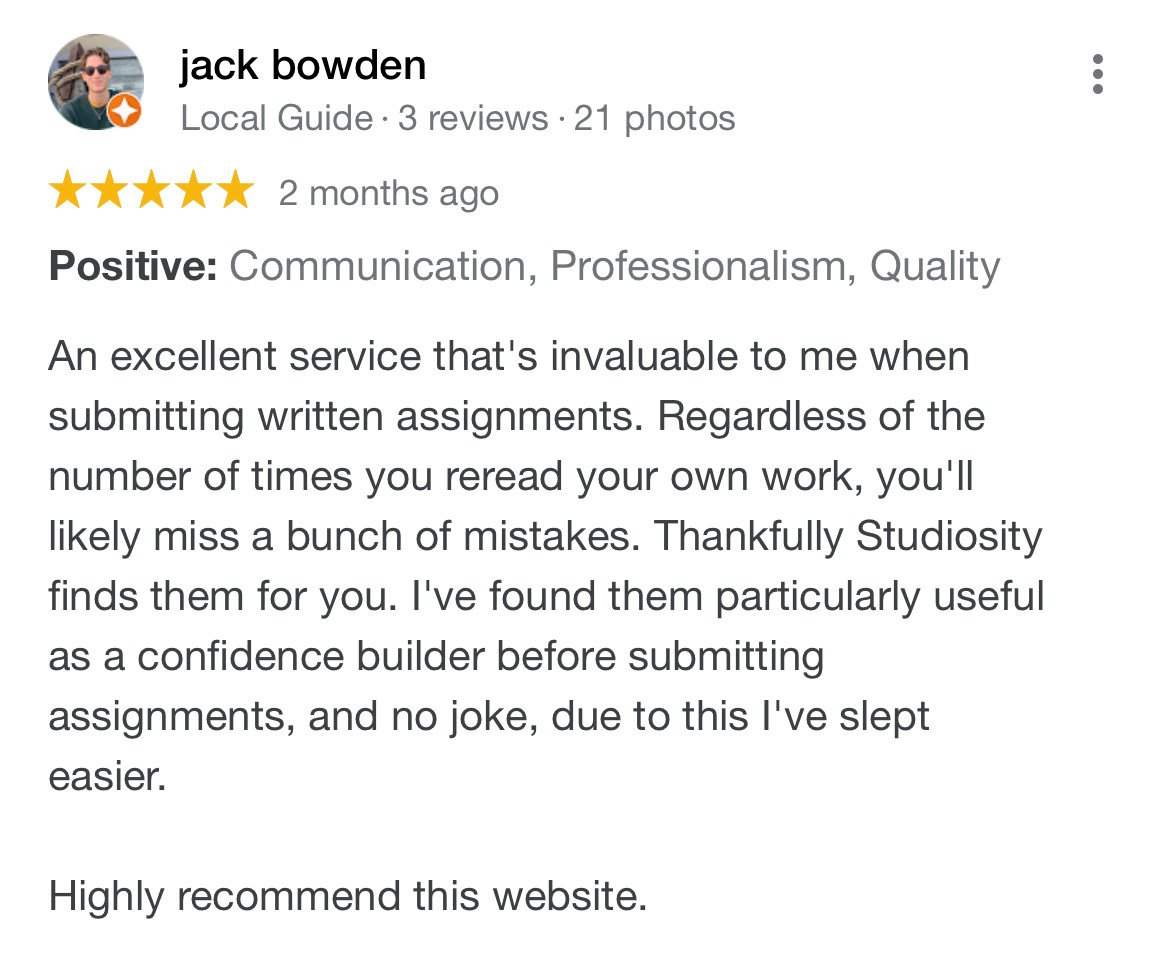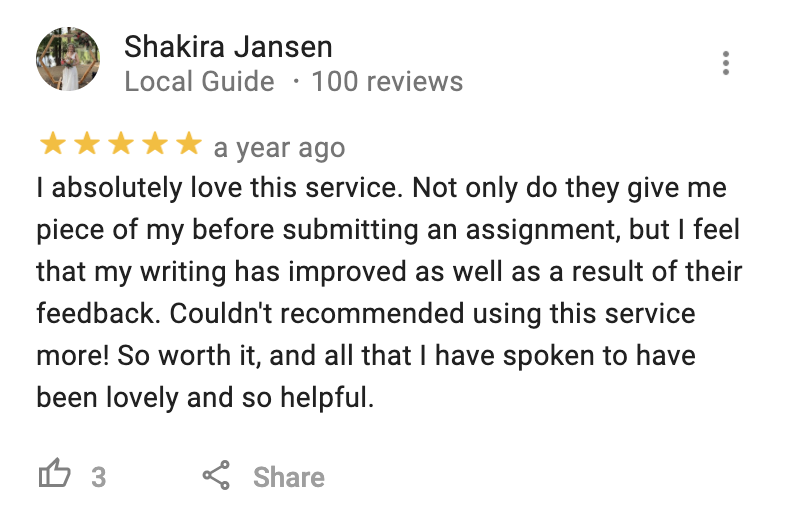How do you distinguish between narrative and persuasive essays? A simple search tells us that a narrative essay tells a story, while a persuasive essay makes an argument. However, English specialist, Jeanie Tseng, tells us why it's not as easy as that.
Narrative essays are not short stories and persuasive essays are not argumentative essays. Narrative essays are factual, still have a thesis and follow a conventional essay structure. Short stories are often fictional, do not need a thesis statement or have introduction, body and conclusions. Persuasive essays convince readers to act or believe in something with emotive opinions. Argumentative essays go steps further by citing scientific facts, statistics and expert quotations. In this blog post we’ll focus on the differences between narrative and persuasive essays.
What makes them so different?
Narrative essays are written from a set point of view with sensory information, using intense adjectives and exact verbs. These essays can be anecdotal, experiential and personal. The writer is encouraged to be creative and thought-provoking. Experiential and personal writings are based on or involve what has happened to the writer as an individual. Note that anecdotal accounts are not necessarily reliable.
Persuasive essays use logic and reason to show that one idea is better than another by trying to convince readers to think certain ways or to do something. The writer takes up a specific position on the issue to advocate for that side. It is important for the writer to understand their audience and carry out thorough research on the subject. Clear and precise evidence is presented, including consideration for the opposing view.

The writing process
The writing process for narrative and persuasive essays are different. Narrative essays are initiated by selecting an incident that occurred in real life. A thesis statement is drafted with the time, location and significance of event for the introduction. The body paragraphs are written in chronological order. A new paragraph starts whenever the story alters direction, the scene varies and there is dialogue between characters. Then the essay is filled with vivid details of the five senses and verbs. There is usually less focus on feelings and thoughts. Transitional expressions to link events are added to help with a logical flow. Finally, a resonating conclusion is reached.
The persuasive essay starts with an attention grabber and thesis statement in the introduction. The position taken is always for or against an issue, so it can be debated. The thesis statement informs the reader about the topic, its limits and how the essay is organised. The body provides evidence such as facts, statistics, quotes and examples to support opinion. This section anticipates opposition viewpoints with concessions and provide rebuttals. Transitional expressions are also used to cue the reader for the next logical point. The conclusion summarises significant details and repeats what the reader is to believe or do in a call to action.
Narrative essays are vastly different to persuasive essays. The narrative essay’s purpose is to tell a story, the persuasive essay aims to convince readers about an argument. The way to write both types of essays differ to a large extent in terms of structure and content. No wonder narrative and persuasive essays are different!
If you need support with your writing, or would like your writing reviewed by one of our English specialists, find out if you have access to our service here.





